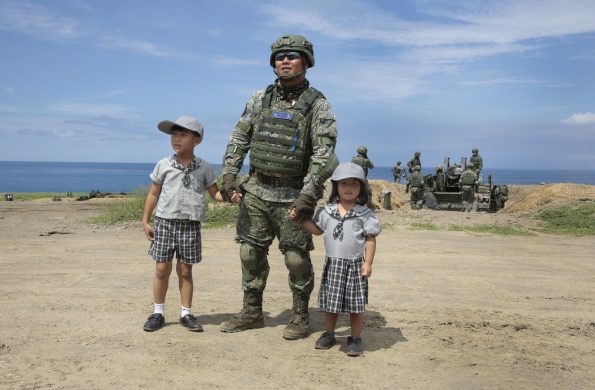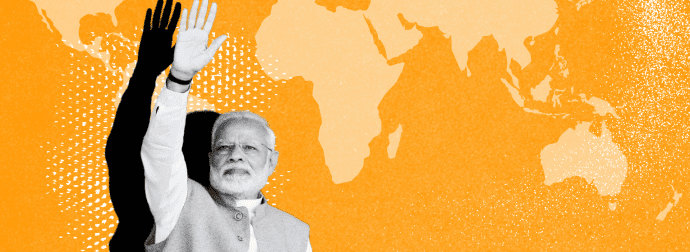NEW YORK 21 April 2009 – The Asia-Pacific region’s annual population growth has fallen to 1,1 per cent, the lowest rate among the world’s developing regions, according to a statistical snapshot released today by the United Nations.
Death rates have fallen but birth rates have come down more rapidly, according to the Statistical Yearbook for Asia and the Pacific 2008, released today by the UN’s Economic and Social Commission for Asia and the Pacific (ESCAP).
The Yearbook is a compilation of statistical data from a wide range of sources, providing a detailed picture of the major economic, social and environmental trends over the past two decades.
This year’s report finds that the number of children born per woman fell to 2,4 for the period 2000-2005, down from 2,9 per woman for the previous five years, not only reducing growth but also aging the region.
-We are familiar with population ageing in countries like Japan but the same phenomenon is now evident in many countries, said Noeleen Heyzer, UN Under-Secretary-General and Executive Secretary of ESCAP.
-Once the total fertility rate falls below the replacement rate of 2.1, we can expect the region’s population to start shrinking, she added.
Fertility has fallen below replacement level in 16 countries, including China, Singapore, Sri Lanka and Thailand. In some countries, such as Niue, Georgia, Armenia and the Russian Federation, the population is already falling, according to the Yearbook.
A number of countries still have fertility rates above 3.0 children per woman – Afghanistan, Bangladesh, Cambodia, India, the Lao People’s Democratic Republic, Nepal, Pakistan, the Philippines, Tajikistan and Timor-Leste.
Among other predominant trends, the Yearbook studies migration, which it says continues to shape the region, reinforcing the effects of falling birth rates particularly in small island states in the Pacific where emigration rates can be 15 per cent of the population or more.
Migrants from these and other countries are heading for the region’s richer economies. They now make up more than 40 per cent of the populations of Singapore and Hong Kong, as well as moving farther afield.
Even with the falling birth rates and emigration, the sheer size of the population and rapid industrialization of many parts of the region continue to take a toll on the environment, the Yearbook notes.
In China and Viet Nam, between 1992 and 2002, for example industrial water withdrawal more than tripled.
In other areas, the Yearbook noted that disaster-related deaths ballooned as cities were hit by over-crowding, with a total of 28 major earthquakes, floods and typhoons affecting more than 101 million people, killing more than 223,000 and causing more than $103 billion worth of damage in 2008 alone.
Kilde: www.un.org
Statistical Yearbook for Asia and the Pacific: http://www.unescap.org/stat/data/syb2008/index.asp















